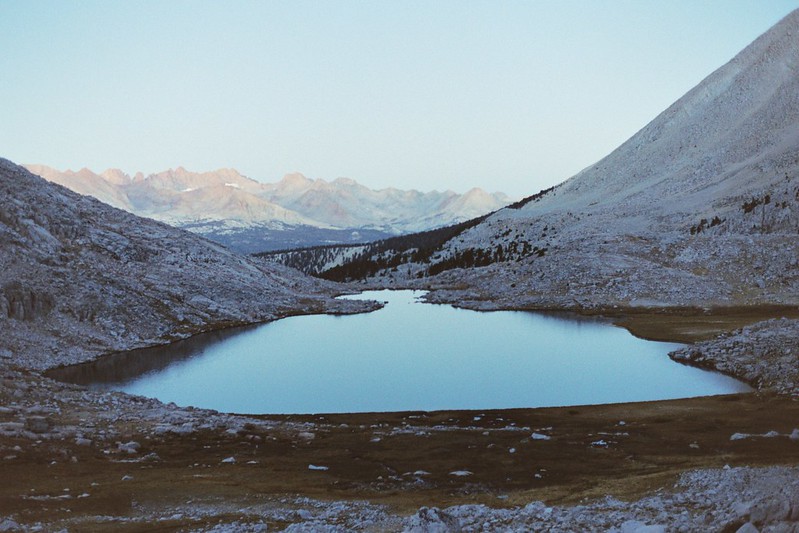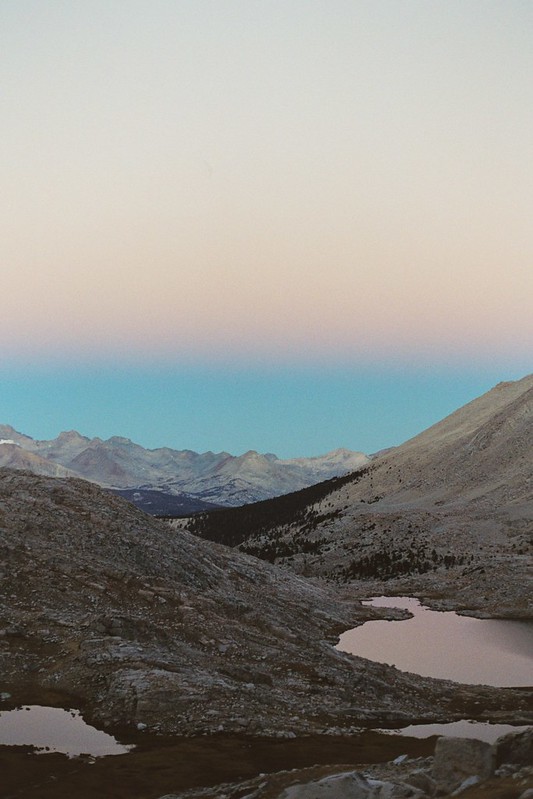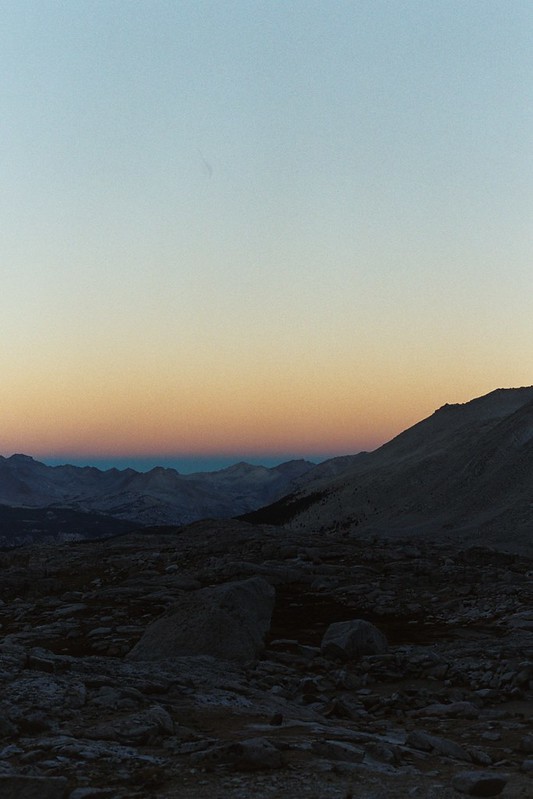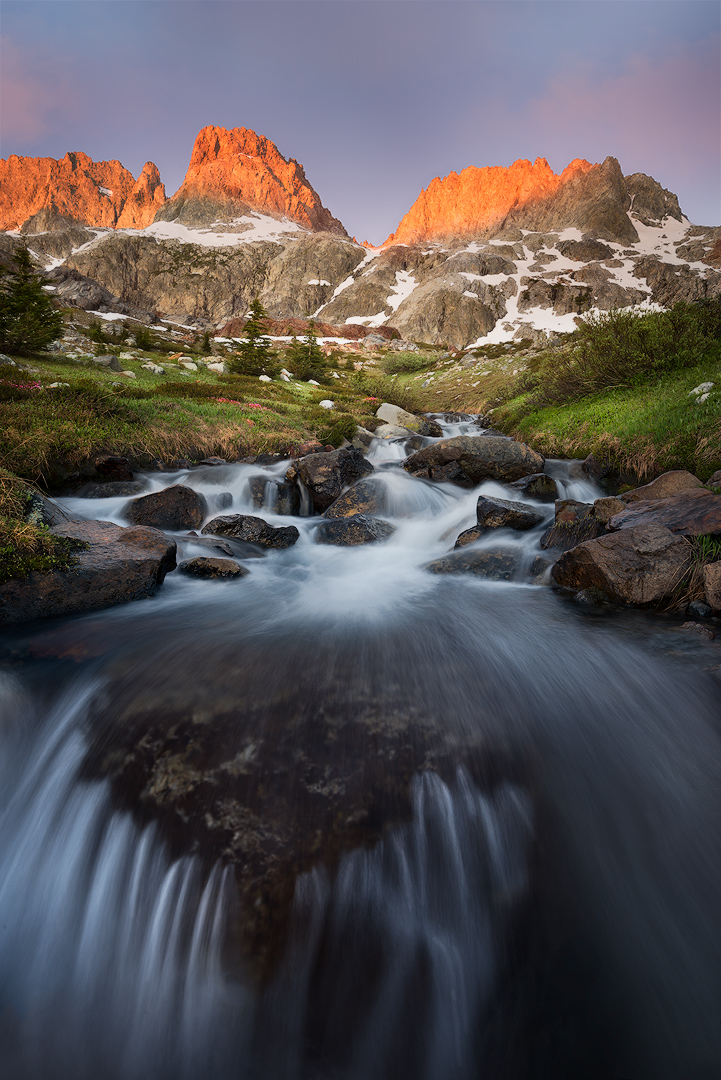Alpinglow
Posted: Thu Jan 12, 2017 1:01 pm
I have noticed many people displaying wonderful sunset photos and referring to them as alpenglow. That has never been my understanding of what real alpinglow is so I googled it and this is what wikipedia came up with:
Anyhow alpenglow is really a special event and I always keep an eye out for it after a great sunset.Alpenglow (from German: Alpenglühen) is an optical phenomenon in which a horizontal red glowing band is observed on the horizon opposite to the sun. This effect occurs when the Sun is just below the horizon. Alpenglow is easiest to observe when mountains are illuminated but can also be observed when the sky is illuminated through backscattering.
Since the Sun is below the horizon, there is no direct path for the light to reach the mountain. Unlike sunset or sunrise, the light that causes alpenglow is reflected off airborne snow, water, or ice particles low in the atmosphere. These conditions differentiate between a normal sunrise or sunset and alpenglow.
Although the term may be loosely applied to any sunrise or sunset light seen on the mountains, true alpenglow is not direct sunlight and is only observed after sunset or before sunrise.
In the absence of mountains, the aerosols in the eastern portion of the sky can be illuminated in the same way at sunset by the remaining red scattered light straddling the border of the Earth's own shadow (the terminator). This back-scattered light produces a red band opposite the Sun.




